Strawberry variety Albion
History of creation
The neutral daylight variety Albion was bred in 1997 by breeders Douglas W. Shaw and Kirk D. Larson. The diamant varieties and the Cal 94-16-1 numbered selection were crossed. The resulting plants were numbered Cal 97.117-3 and planted at the University of California Wolfskill Experimental Orchard near Winters. In the same place, in 1998, the first harvest was obtained, then asexual reproduction was carried out using the rosettes formed on the whiskers, which are given by strawberries. After selection and testing, the new variety was assigned the number CN220 and later given the name Albion. The word itself is of Celtic origin, denoting the ancient name of the British Isles.
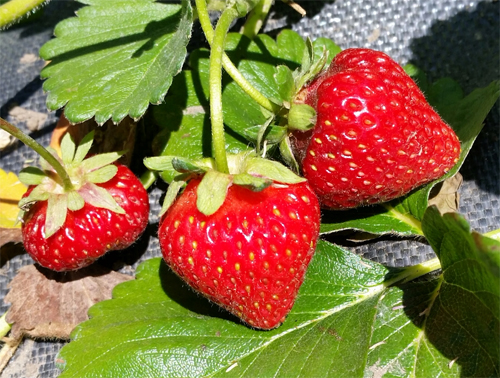
In 1999, our hero was tested at the Watsonville Strawberry Research Facility, the South Coast Research and Extension Center, and limited planting of strawberries in the fields began. After the scientists were convinced that the varietal traits were fixed and preserved during subsequent reproductions, the registration procedure began and the testing of plants for various parameters continued. The first variety patent was obtained in 2004. Albion is officially owned by the University of California, USA.
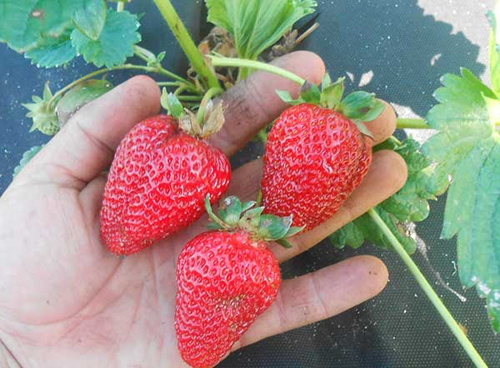
Description
The plant is powerful, medium-sized. The leaves are large, slightly pubescent below, toothed, deep green in color with a characteristic shine, as if smeared with oil. Peduncles are powerful, with large flowers, located above the leaves, but under the weight of ripe berries they can sink to the ground. But it should be noted that the variety is resistant to fruit decay. Strawberry whiskers give an average amount - enough for reproduction and not too laborious when caring for plants.
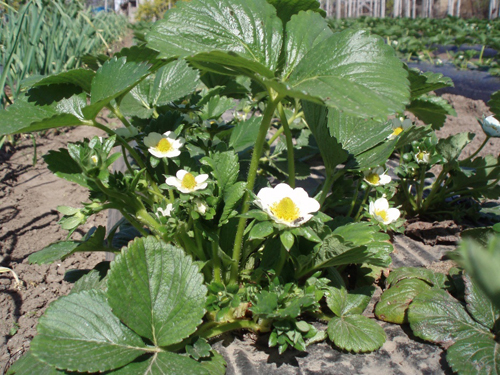
The berries themselves are large and very large, uniform, aligned, symmetrical elongated-conical shape. The fruits are very beautiful, bright, crimson red with a glossy sheen. They literally immediately attract attention, both hanging on the bush and lying on the market counter. Moreover, the shape and quality of Albion berries are preserved throughout the entire fruiting season, the percentage of one-dimensional fruits is high (75%). The average length of strawberries is 6 cm, width is 5 cm, the ratio of length to width is 1.2. The size of the hollow part inside the fruit varies from 0 to 15% and depends on the growing conditions and the season. Achenes are medium-sized, located on the surface of the fruit or slightly depressed into it. Seed color from yellow to dark red. An interesting feature of the variety - an incompletely ripe berry has a white rim at the base near the sepal. But even then she has a high tasting rating.
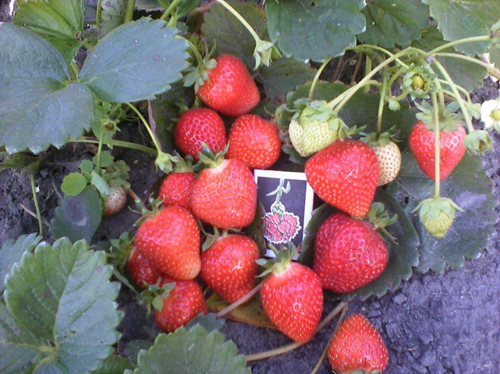
The average weight of fruits is 33 grams, but giants often grow with a mass much larger - up to 60 grams. The claimed patent yield of strawberries is 2.4 kg, in the open field in the conditions of our country up to 1 kg.
The berries are really outstanding in taste, with a real strawberry flavor, sweet. The flesh is white-pink in color, dense, but juicy, with a characteristic "apple" crunch when bitten. It is very unusual and interesting to try Albion for the first time. It's actually like tasting a small apple, but with a strawberry flavor. Taste and sweetness remain at the proper level throughout the season, even in unripe, semi-green berries (especially for late autumn harvests). Moderate acidity and a high percentage of sugar in the fruit contribute to the excellent taste. The average Brix (Brix = mass fraction of sugar) is 8.5 and the average acidity is 0.74, after a two-time assessment conducted over two periods in 2003.
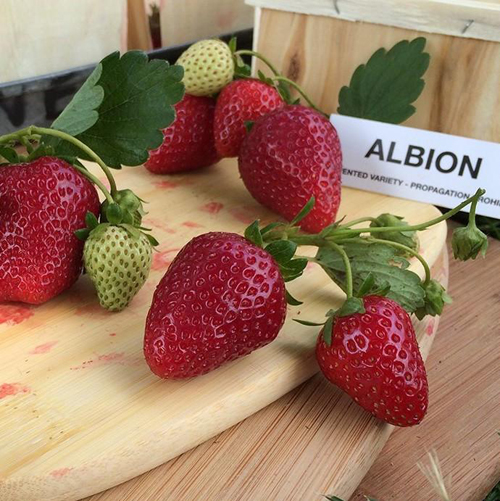
Due to the very dense pulp, the berry can withstand small frosts, but the frost resistance of the plants itself is low. Transportability and keeping quality of strawberries is at the highest level, even without refrigeration. The variety is excellent both for fresh consumption and for processing, freezing, and is widely used in cooking.It is grown both in small summer cottages and in large areas on an industrial scale.
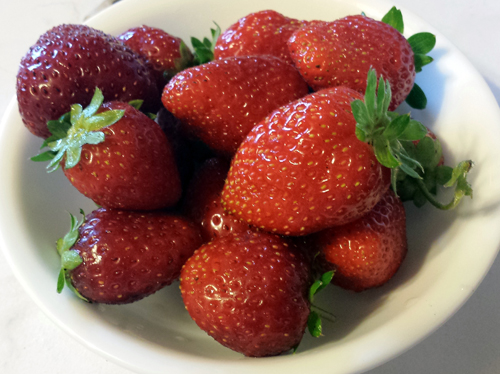
Albion is similar to other neutral varieties in that it will flower regardless of the length of the day, given the appropriate temperature and horticultural conditions. There are times when individual bushes bloom in winter in more or less warm weather, covered with agrofibre. Strawberries bear fruit successfully in low light conditions, suitable for growing in the autumn-winter circulation in protected ground - greenhouses with heating and lighting. From the beginning of flowering to the ripening of the berries, it takes up to 7 weeks with a short sunny day and cool weather (in the autumn-winter turnover) and only 3 weeks in the spring-summer turnover.
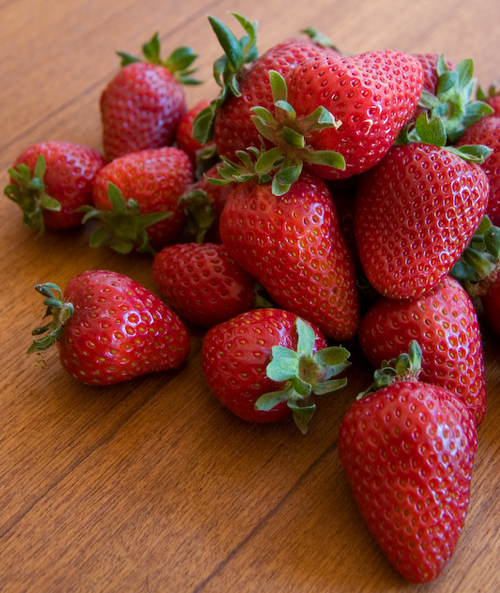
Albion really was a breakthrough in horticulture, opening up remontant varieties for many people, forcing them to rethink ways to more efficiently get their crops, significantly expanding the harvesting season. He became practically the first in his class to make a splash in our country. Before that, we already had a common remontant - strawberry Queen Elizabeth... But in the case of Albion, it was different. First of all, it is the most spectacular berry. Now many have abandoned growing it, switching to new or simply not so capricious in terms of various indicators, varieties of neutral daylight hours (Murano, San Andreas, Malga, Vivaro, etc.). But many plant it to this day, and some return to it after cultivating others.
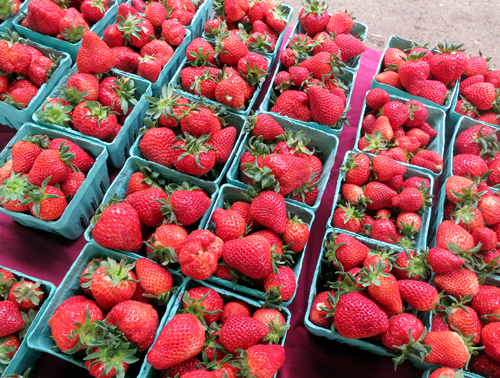
The author of the article clearly remembered the first reaction of people who saw and tasted the fruits of Albion for the first time. It was unusual even to hold this berry in my hand, large and weighty, like a small barrel. It seemed that this was just a well-made layout, but the master clearly overdid it with dimensions. People simply did not believe that they were looking at strawberries. Everyone was surprised and even delighted with the crunch of pulp when bitten: “Cool! Like a strawberry apple !!! ". Intriguing "wooden" density, giving Albion the features of some still unknown fruit.
It was later, when he "got boring" and many other varieties entered the market, this crunch became, on the contrary, annoying, and the density of the berry caused exclamations like: “Why are they so hard? Well that's how much chemistry they stuffed into these berries! " or "Is this new tennis balls?" And the seller's arguments about the fact that these are specially derived qualities for transportability and keeping quality, only caused a new wave of sarcasm ...
As a result, we will try to outline all the pros and cons, as well as controversial aspects of the variety.
The patent yield of strawberries is up to 2.4 kg. Sellers happily put this figure on their sites in the description, without disclosing, and often simply not understanding what is needed for such a result. And here's the thing. This figure represents the highest possible productivity that Albion achieved in experimental plantings. It is possible to achieve it. But! A period of almost a full year is taken. This figure is achieved when grown from February to December in heated greenhouses with lighting and a rather serious nutrition system, which includes regular "feeding" with a cocktail of mineral fertilizers with a specific NPK formula in a specific period of development, as well as the use of growth stimulants. Not to mention chemical treatments. Our strawberry season outdoors is much shorter, in unheated greenhouses we add a couple more months, but still there is no time
An indisputable minus of the variety is its low frost resistance. This does not mean that it will freeze out over the winter, but this option is very likely, especially at temperatures below -20 ° C and winters with little snow.The way out is the obligatory shelter of strawberries with agrofibre (lutrasil). Density 30-50, depending on the region, especially where there are frequent thaws and little snow in winter. But covered with a thick layer of snow, plantings can sleep peacefully and safely until spring.
According to patent data, Albion is moderately resistant to leaf spot (Ramularia tulasnei) and powdery mildew (Sphaerotheca macularis). It is quite resistant to wilt (Verticillium dahliae) and late blight (Phytophthora cactorum), as well as moderately resistant to anthracnose (Colletotrichum acutatum). When handled correctly, it has a tolerance for spider mites (Tetranychus urticae). In fact, our hero is not resistant to spotting and without fungicide treatments, and especially in conditions of high humidity and with thickened plantings, he can literally become covered with spots, which significantly affects the yield and can lead to the death of plants. It is moderately resistant to the tick; at high summer temperatures, it can be significantly affected by it. The way out is regular sanitary cleaning and, of course, at least 2-3 treatments of strawberries with systemic fungicides and insectoacaricides.
Albion needs regular and balanced nutrition in the form of a cocktail of mineral fertilizers and stimulants. However, as with all varieties of neutral daylight hours, a significant amount of plant energy is spent on frequent fruiting and many trace elements are removed from the soil, therefore, additional feeding is necessary to achieve good results. The alternation of the use of fertilizers both under the root (watering) and on the leaf (spraying) is especially good. The introduction of rotted manure into the soil before planting strawberries has a very positive effect.
One of the indisputable advantages of Albion is a beautifully chiseled berry, very large and tasty, with excellent commercial indicators, a great potential in yield. Very good pulp density is an advantage and a disadvantage at the same time, depending on personal preference and growing goals.
The variety requires annual plantation renewal. Varieties of neutral daylight hours, subject to a full season, quickly develop their resource. And in the second year, the yield and size of strawberries decrease, the likelihood of disease becomes more likely, the plants practically cease to give a mustache for reproduction. Therefore, if possible, it is better to update the landing more often. For example, according to this scheme: in early autumn, high-quality, powerful seedlings are planted, all mustaches and peduncles are removed, the bush is driven out as much as possible, which is gaining strength for the next year. And in spring, work begins on the production of berries.
Until now, many traders have confusion with this neutral, who sometimes sell themselves without knowing what. And often they know and deliberately slip the wrong thing on the buyer. Therefore, you should be careful when choosing the source of your future seedlings. And until now, although enough years have passed since the appearance of this variety in our country, on gardening forums people do not know where to buy high-quality seedlings and argue whether they have a real Albion or not.
Author: Maxim Zarechny.
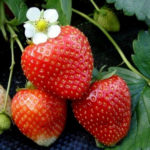
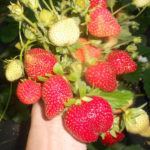
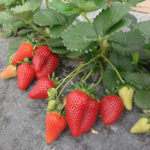
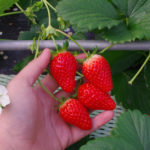
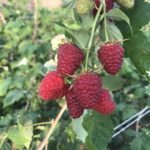
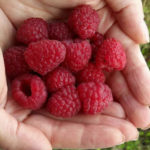



Albion came to me three years ago. In the fall, I bought five bushes for a very expensive price. Everything took root perfectly. In the spring they bloomed, berries appeared. This was such a beauty. Huge cone-shaped red berries flaunted in the garden bed. It is very interesting that they start singing from the end, first the tail turns red, and then the whole berry. Their taste is pleasant, but the flesh is very dense.This berry is more suitable for selling or decorating cakes. For my taste, there are also tastier. There was also a small harvest in autumn. The next year, the berries became smaller and fewer. Then I learned that the planting needs to be renewed almost every year and a lot to feed. I grow strawberries only for my family and try not to use mineral fertilizers, so this variety is not very suitable for me. She left a couple of mustaches to keep it.